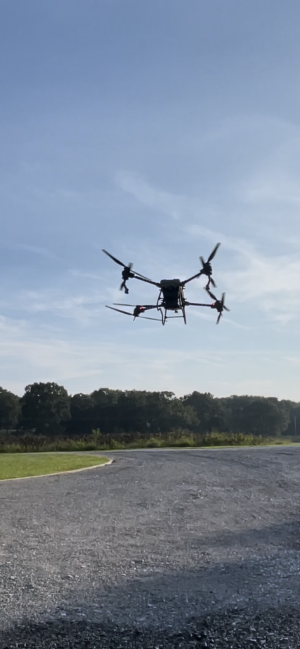PrairieShadow
5 year old buck +
I wanted to get some input here on using a drone to fertilize a bunch of shelter belts this next spring. My plan is to fertilize about 7 miles worth of cedars in very marginal soil aerially using no less than 10-10-10. I might even mix in some straight N product.
At what point do I need to worry about burning the cedars from the fertilizer actually landing on the trees themselves? What rate?
Ask away with any questions. I love the discussions!
At what point do I need to worry about burning the cedars from the fertilizer actually landing on the trees themselves? What rate?
Ask away with any questions. I love the discussions!
